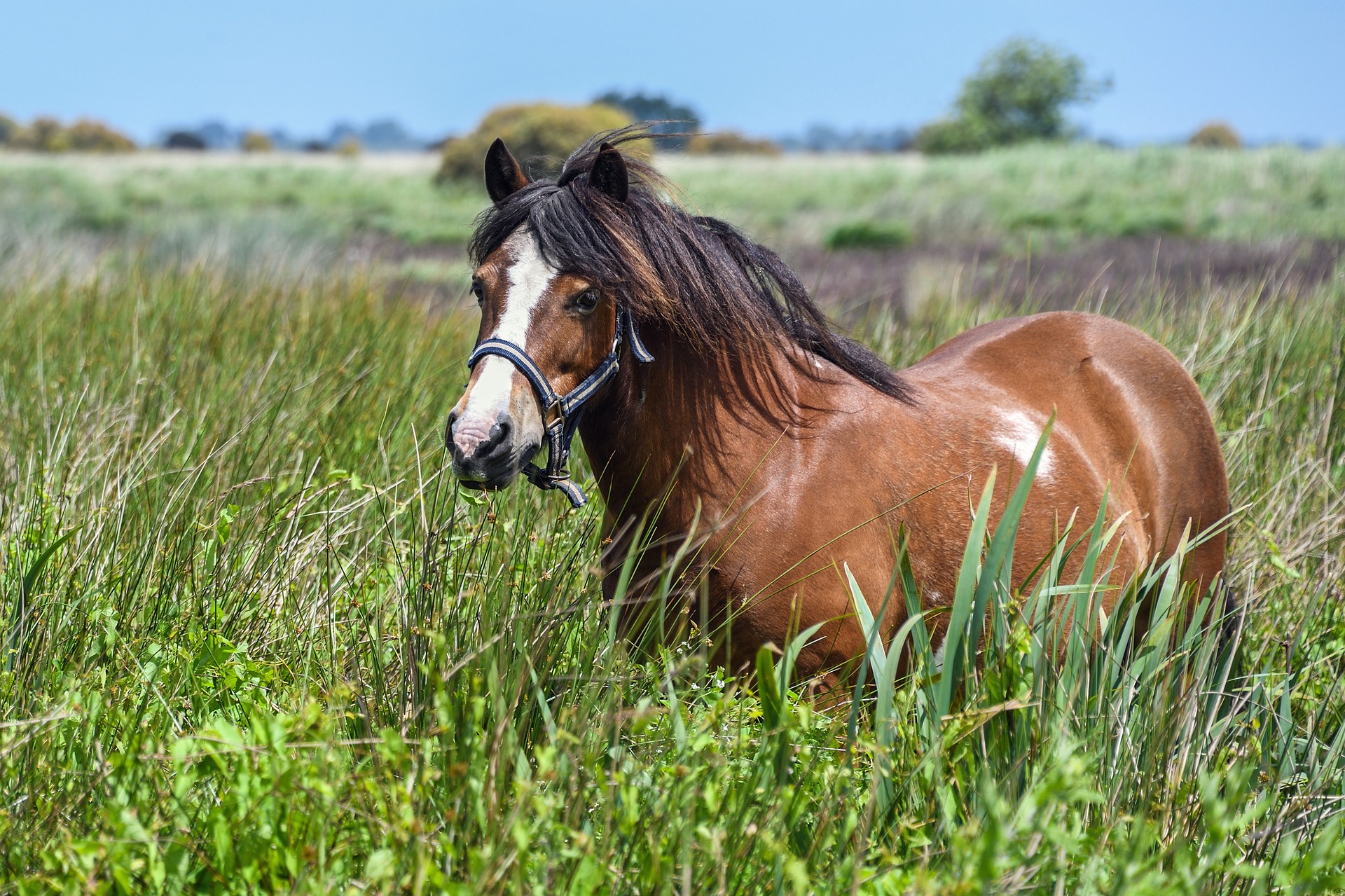 Skin tumors in horses are not uncommon. While a tissue biopsy is the definitive way to identify the tumor type, location and appearance can offer clues for identification. Sarcoids Sarcoids are the most common skin tumor in horses and can be separated into different...
Skin tumors in horses are not uncommon. While a tissue biopsy is the definitive way to identify the tumor type, location and appearance can offer clues for identification. Sarcoids Sarcoids are the most common skin tumor in horses and can be separated into different...
 Be it in the show ring or over dinner with horse friends, the topic of gastric ulcers always seems to elicit sentiments of frustration and misunderstanding. What causes these pesky ulcers and what can we do as horseman to combat them? To start, it’s important to...
Be it in the show ring or over dinner with horse friends, the topic of gastric ulcers always seems to elicit sentiments of frustration and misunderstanding. What causes these pesky ulcers and what can we do as horseman to combat them? To start, it’s important to...
 Most horse people are familiar with the dreaded “s- word”: strangles. But if there is a strangles vaccine available, why isn’t vaccination essential for all horses, like the rabies vaccine? What is strangles? Equine strangles is caused by infection with the bacteria...
Most horse people are familiar with the dreaded “s- word”: strangles. But if there is a strangles vaccine available, why isn’t vaccination essential for all horses, like the rabies vaccine? What is strangles? Equine strangles is caused by infection with the bacteria...
 Most horse owners have heard about equine Cushings disease and are familiar with some of the common clinical signs: a long curly haircoat, delayed shedding, topline loss, pot-bellied appearance, and sometimes laminitis. Additional signs include recurrent infections,...
Most horse owners have heard about equine Cushings disease and are familiar with some of the common clinical signs: a long curly haircoat, delayed shedding, topline loss, pot-bellied appearance, and sometimes laminitis. Additional signs include recurrent infections,...
 Thirty years ago, laminitis was usually a career-ending diagnosis, if not a life-ending one. Aside from mechanical support and pain management, little was known about the contributing factors associated with laminitis and the multitude of clinical factors that...
Thirty years ago, laminitis was usually a career-ending diagnosis, if not a life-ending one. Aside from mechanical support and pain management, little was known about the contributing factors associated with laminitis and the multitude of clinical factors that...








